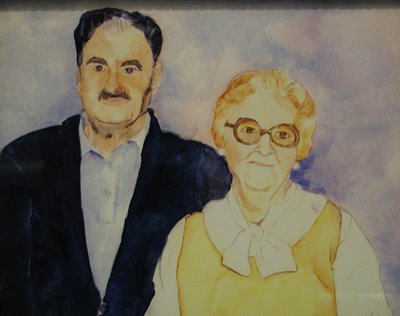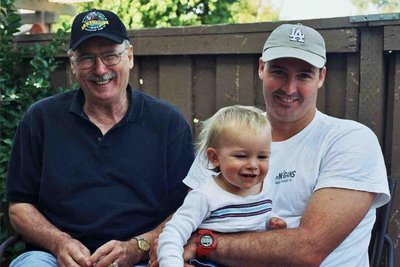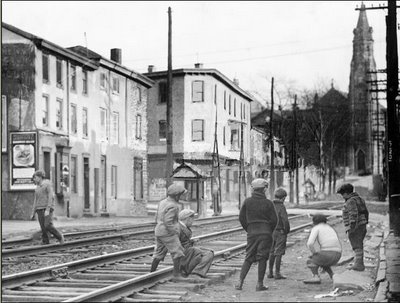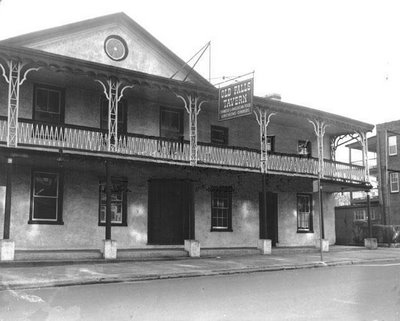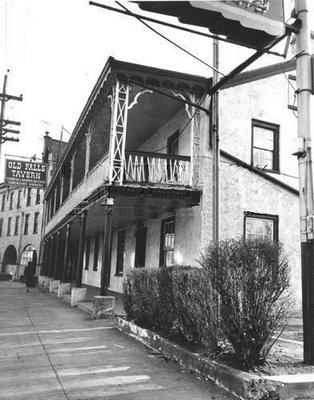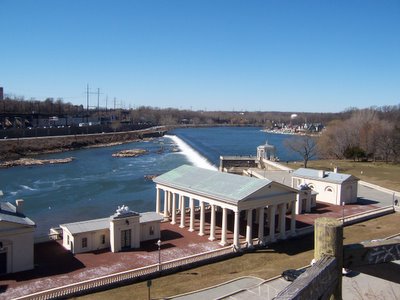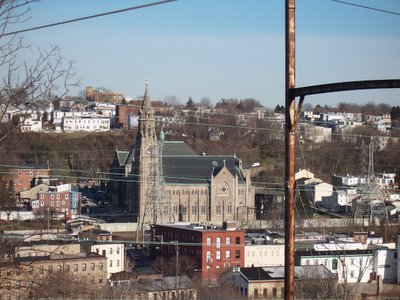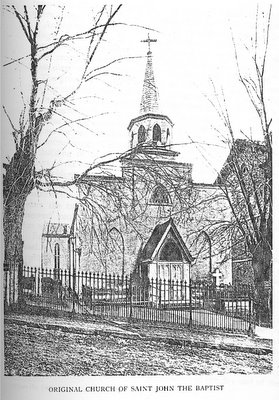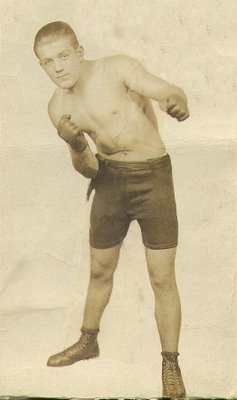 John Weleski was nineteen years old in this photograph. Known as "Buck Fleming" during his boxing days, I wonder if he took the Fleming part of his name from the name of that street in the Roxborough section of Philadelphia. According to the street map, Fleming Street was the cross street at Roxborough Avenue where he grew up. I have to wonder if perhaps, he played at this corner as a child or maybe hung there with friends as a teenager.
John Weleski was nineteen years old in this photograph. Known as "Buck Fleming" during his boxing days, I wonder if he took the Fleming part of his name from the name of that street in the Roxborough section of Philadelphia. According to the street map, Fleming Street was the cross street at Roxborough Avenue where he grew up. I have to wonder if perhaps, he played at this corner as a child or maybe hung there with friends as a teenager.Born John Joseph Wisloski on May 3rd 1904, he was the child of Eva Wisloski. It is my belief that his father's name was Sylvester. But because his father left the family (or was thrown out by the wife as the legend goes) when he was a child, I can only guess Sylvester Wisloski was his name. According to the Censes records of 1910, a man by the name of Sylvester Wisloski lived in the Roxborough area and had a son named John who was six years old.
John Wisloski married Marie Schroeder and had three children, Lillian Marie, Ronald Joseph and John Joseph. John changed his last name from Wisloski to Weleski between the births of his sons Ronald in 1933 and John in 1945. His wife Marie died two days after the birth of her son John in 1945.
John suffered a great many losses in his family over the course of a few years. His mother died in 1932, his brothers Andrew and Samuel died in an accident in 1938, his sister Eva died in 1945 as did his wife Marie.
John Weleski suffered a heart attack and died in 1954. He is interred with his wife Marie in Laurel Hill Cemetery. Also interred in the same plot are Charles and Mary (Mervine) Schroeder, parents of Marie and Earl Schroeder, thirteen year old brother of Marie.
.




